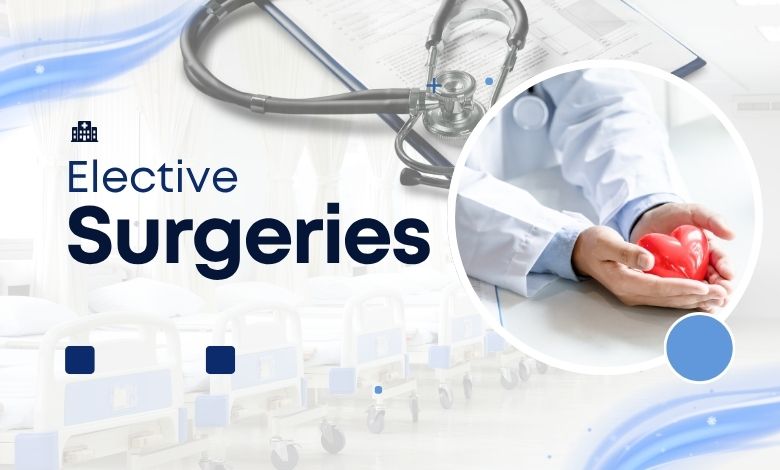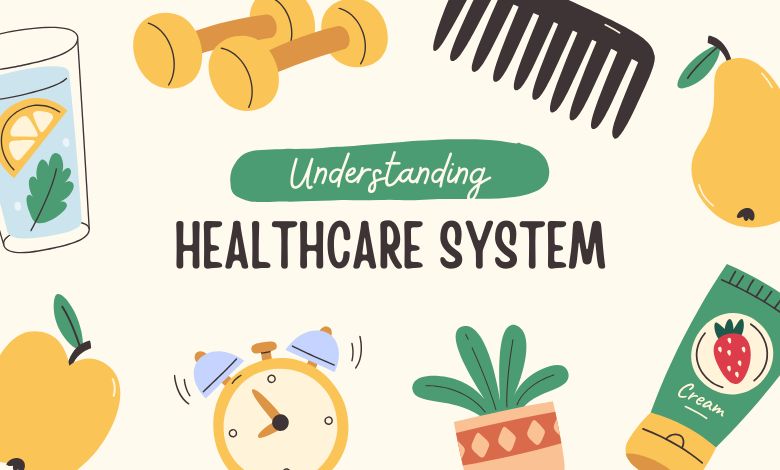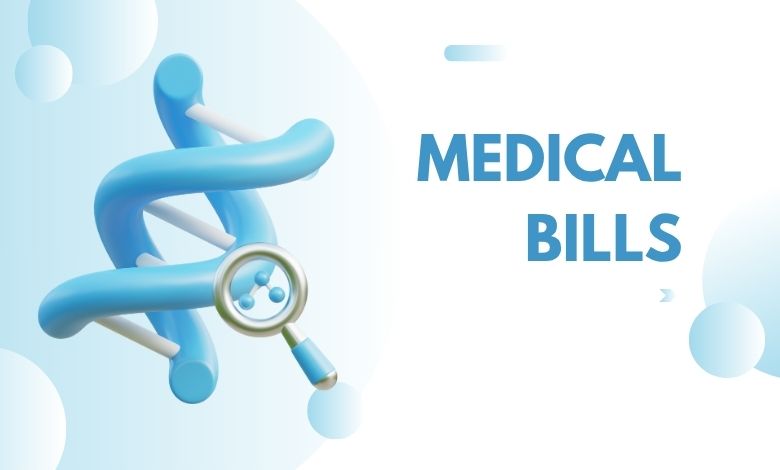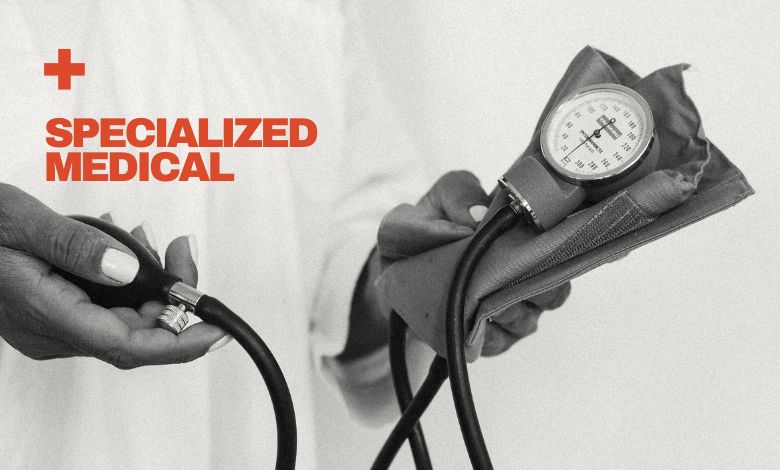The Best Financing Options for Elective Surgeries in the U.S.

Elective surgeries—procedures that are planned in advance and not considered medical emergencies—have become increasingly common in the U.S. From cosmetic enhancements like rhinoplasty and liposuction to LASIK, dental implants, and bariatric surgery, millions of Americans undergo elective procedures each year. However, these surgeries are often not covered by health insurance or only partially covered, leaving patients to find ways to pay out of pocket.
Given the high cost of many elective procedures, financing options have become a crucial tool for making them accessible. The good news is that patients now have more choices than ever before to spread out payments and make surgery affordable without draining savings or taking on risky debt.
In this guide, we’ll explore the best financing options for elective surgeries in the U.S., including the pros and cons of each.
1. Medical Loans
Medical loans are unsecured personal loans used specifically for healthcare-related expenses. These can be obtained from banks, credit unions, or online lenders.
Pros:
- Fixed interest rates and monthly payments
- Can be used for any type of elective procedure
- Quick approval and funding—sometimes within 24 hours
- No need for collateral
Cons:
- Interest rates vary based on credit score (6%–30%+ APR)
- May include origination fees or penalties
- Adds to personal debt load
Best For: Patients with good to excellent credit looking for predictable payments.
2. Provider Payment Plans
Many surgeons and clinics offer in-house financing or payment plans that allow patients to break up the cost of the procedure into manageable monthly payments.
Pros:
- May offer 0% interest for a promotional period
- No credit check in some cases
- Directly linked to the cost of your procedure
Cons:
- Limited repayment terms (usually 6–24 months)
- May require a down payment
- Not all providers offer this option
Best For: Patients with limited access to external credit or who want to avoid third-party lenders.
3. Medical Credit Cards (e.g., CareCredit)
Medical credit cards such as CareCredit or Alphaeon Credit are widely accepted by healthcare providers and offer promotional interest-free periods (usually 6 to 24 months).
Pros:
- 0% interest if paid in full during the promo period
- Accepted at thousands of clinics, dentists, and cosmetic surgery centers
- Quick approval process
Cons:
- High interest rates (often 26%+) after the promotional period
- Can hurt your credit if payments are missed
- Promotional terms can be confusing or restrictive
Best For: Patients confident they can pay off the balance before the promotional period ends.
4. Health Savings Accounts (HSAs) and Flexible Spending Accounts (FSAs)
If your elective surgery qualifies as a medically necessary procedure (such as bariatric surgery or reconstructive surgery after trauma), you may be able to use your HSA or FSA funds.
Pros:
- Use pre-tax dollars to pay for qualifying procedures
- No interest or fees
- Can reduce your overall taxable income
Cons:
- Only applies to procedures deemed medically necessary
- HSAs and FSAs have annual contribution limits
- FSA funds are “use it or lose it” by year-end
Best For: Patients undergoing health-related (not cosmetic) elective procedures who already have HSA or FSA funds available.
5. Credit Cards
Using a general-purpose credit card to pay for elective surgery is another option, especially if you have a card with a low or 0% introductory APR.
Pros:
- Convenient and widely accepted
- Potential rewards or cashback benefits
- Introductory 0% APR offers can reduce interest costs
Cons:
- High interest rates after intro period
- Easy to overspend and accumulate debt
- Can negatively impact credit utilization ratio
Best For: Patients with strong credit and a clear repayment plan during the 0% interest window.
6. Peer-to-Peer Lending Platforms
Sites like LendingClub and Upstart allow individuals to apply for personal loans funded by investors rather than traditional banks.
Pros:
- Competitive interest rates
- Easy online application and fast decisions
- Can be an alternative if traditional lenders deny your application
Cons:
- Rates still based on creditworthiness
- May involve service fees
- Some platforms have limited availability
Best For: Tech-savvy borrowers with moderate credit scores who want to explore alternative financing options.
Choosing the Right Financing Option
Here are a few tips for choosing the best financing method for your elective surgery:
- Compare APRs and total cost of borrowing across all loan or credit options.
- Check your credit score before applying to understand what terms you might qualify for.
- Ask your provider about in-house financing or discounts for upfront cash payments.
- Read the fine print—especially on medical credit cards—to avoid hidden fees and penalties.
- Budget carefully to ensure you can make payments without sacrificing other financial goals.
Final Thoughts
Financing elective surgery in the U.S. doesn’t have to be stressful or overwhelming. With a variety of personal loans, payment plans, and credit options available, patients can find a solution that aligns with their financial situation and health priorities.
However, it’s essential to borrow wisely and consider all costs—not just the monthly payment. Taking the time to plan and choose the right financing option can help you achieve the results you want without jeopardizing your financial health.



